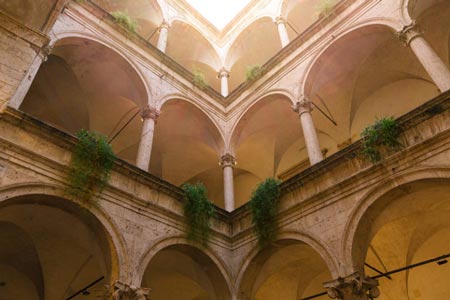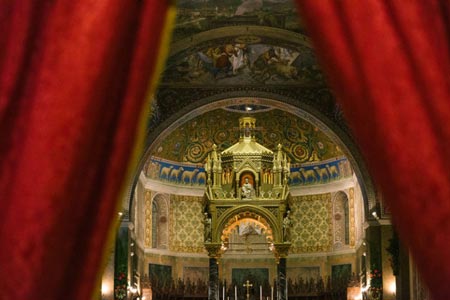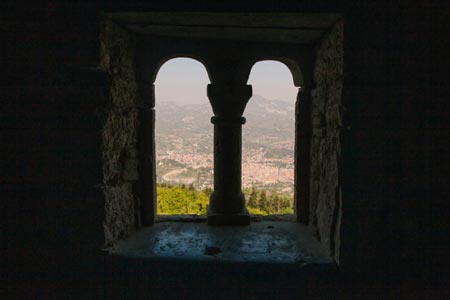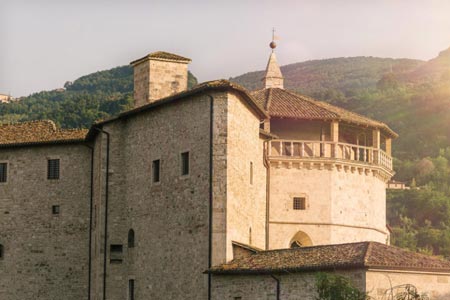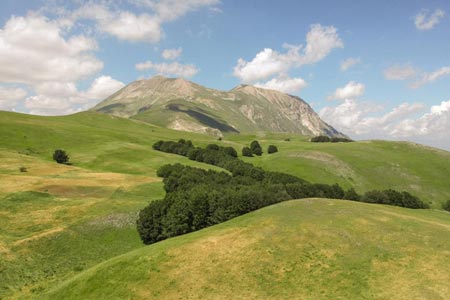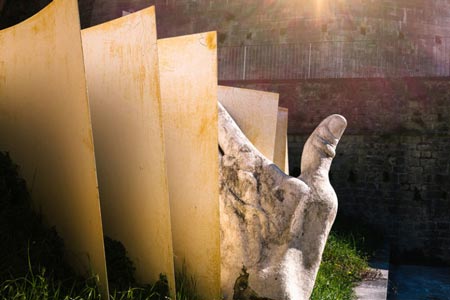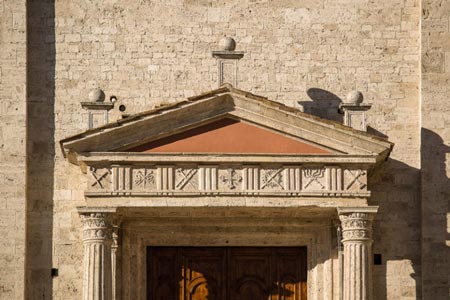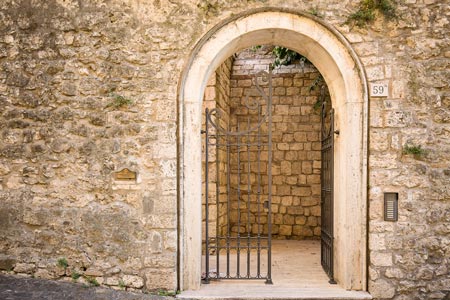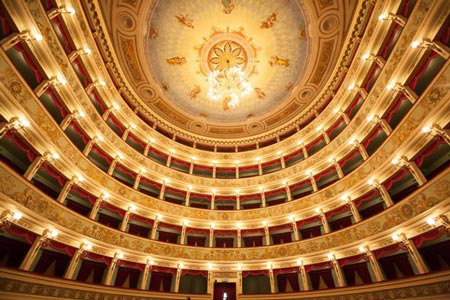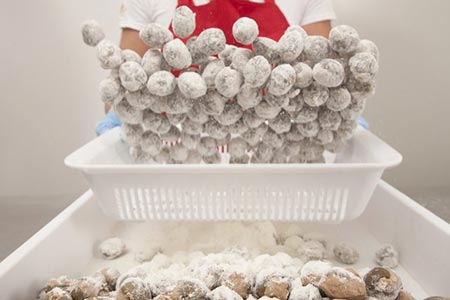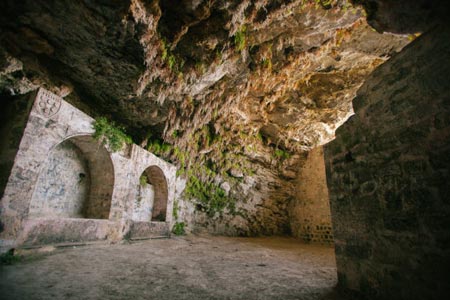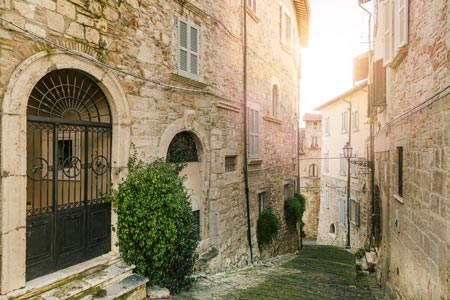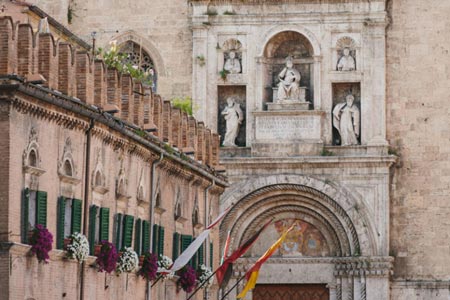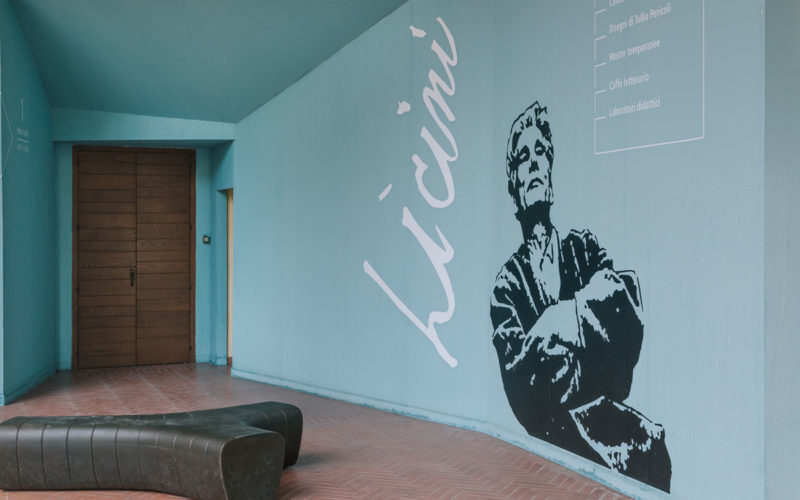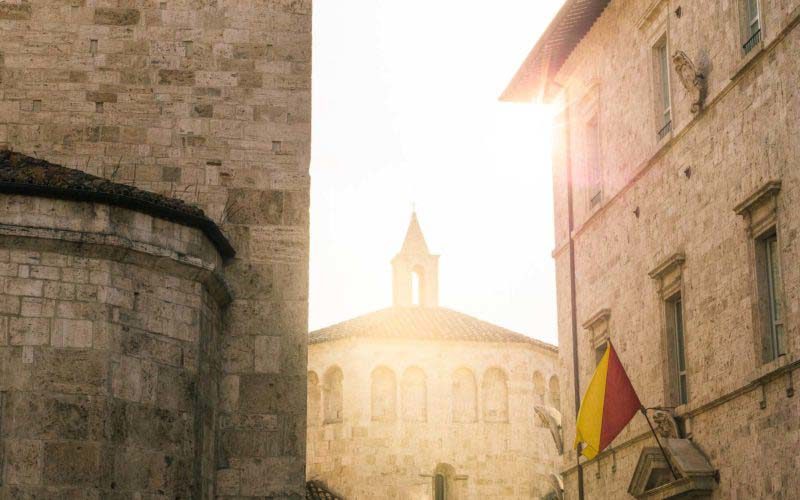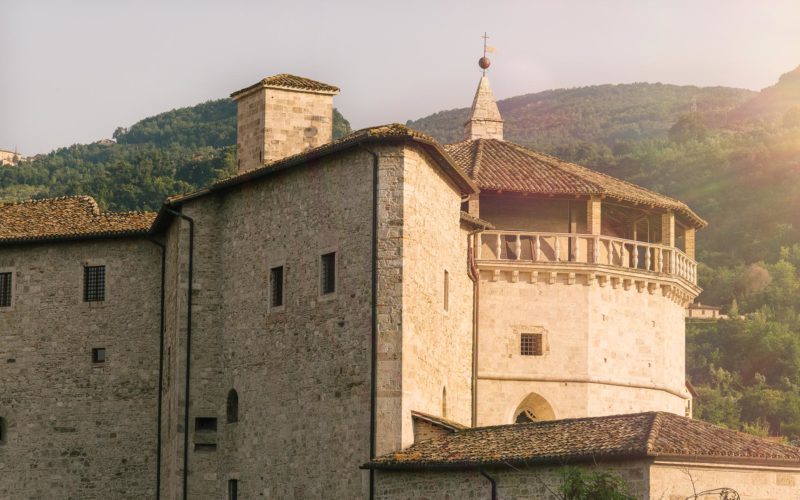Palazzo dei Capitani del Popolo of Ascoli Piceno: a building rich in history and culture
The Palazzo dei Capitani del Popolo lies on the west side of Piazza del Popolo. Its original core was built between the 13th and the 14th centuries from the merger of three medieval buildings. Originally intended to serve as the seat of the deputies of the artisan classes, the palace was called “Palatium Populi” until local people -helped by corporations- established a free Commune (Municipaliy) and the building changed its name into “Palactium Communis et Populi“, becoming the seat of the Capitano del Popolo (literally, “The Captain of the People”). In the second half of the 15th century, it was modified and extended towards south and a new floor was created between the first and the second.
In 1520, the artist Cola Dell’Amatrice was asked to create the back of the building which was like a second facade for the building. Unlike most Renaissance buildings, where the size of the windows usually decreases from the first floor (the so-called “noble floor” in the Italian tradition) upwards, here things are exactly the opposite, as on this facade the wider, Guelph-cross windows are placed on third floor. We can still read the great architect’s signature in a fornix of the attic. In 1535, at Christmas night, the building went up in flames. The paper governor Giovan Battista Quieti had ordered to set it on fire to draw out the political rebels who had holed up in the building. The damage was considerable: all the documents were lost and the building had to be completely renovated. In 1546, Lazzaro di Francesco il Ferrone built the new portal surmounted by statue of Paul III, the Pope who had managed to bring back some castles of the valley under the control of the town and guarantee peace.
In 1549, based on a design by Camilo Merli, a beautiful courtyard on three levels of loggias was created together with the internal staircase. In 1563, due to the new political situation, the Palace became the seat of the Papal Governors. In 1860, when le Marche became part of the Kingdom of Italy, the palace became a State property. Since 1902, Palazzo dei Capitani has been part of the assets of the Municipality of Ascoli Piceno, which ordered its renovation at the end of last century (1982-87). Thanks to this new intervention, the “Sala della Ragione” (lit. “The Hall of Reason”) – formerly the seat of the so-called Consiglio dei Cento (consisting of one hundred members) – and its false ceiling of twelve painted wooden panels (18th-19th centuries) were restored.
In the nearby Sala degli Stemmi (lit. “the Hall of Coat of Arms”), the frescoed walls pay homepage to the Papal Governors who ruled the city in the 19th century. Currently, the building is the seat of the Municipal Department of Culture and his home to temporary exhibitions. The Sala della Ragione is where the Municipal Council meet.
Read here to learn about the archaeological secrets of Palazzo dei Capitani.
CONDIVIDI I TUOI SCATTI CON GLI HASHTAG: #visitascoli #ascolipiceno2024
AUTHOR: Lella Palumbi, expert in art history
